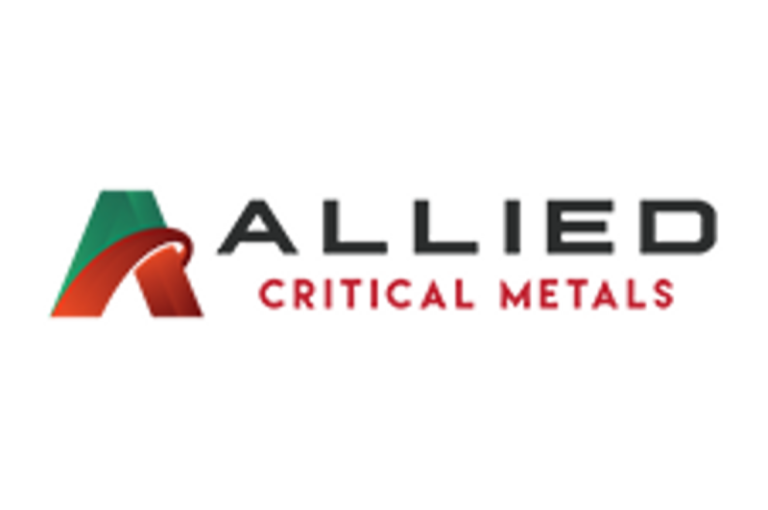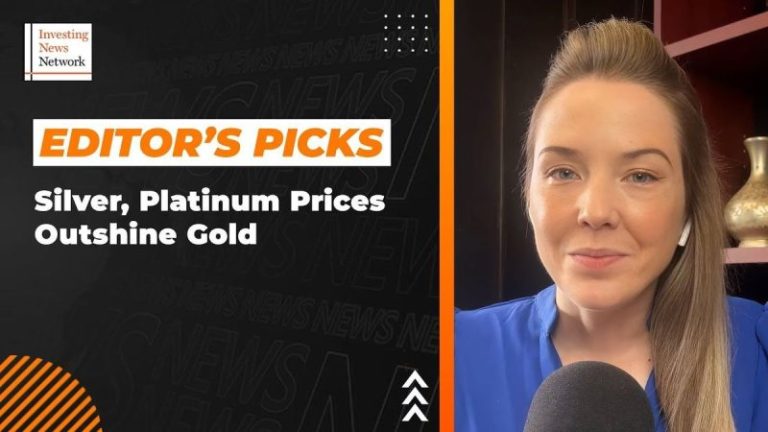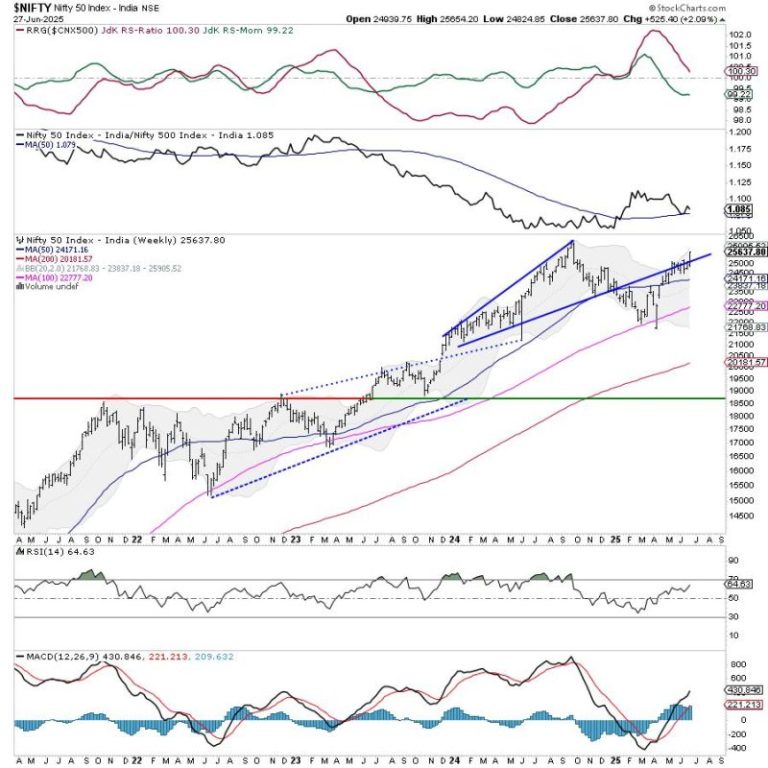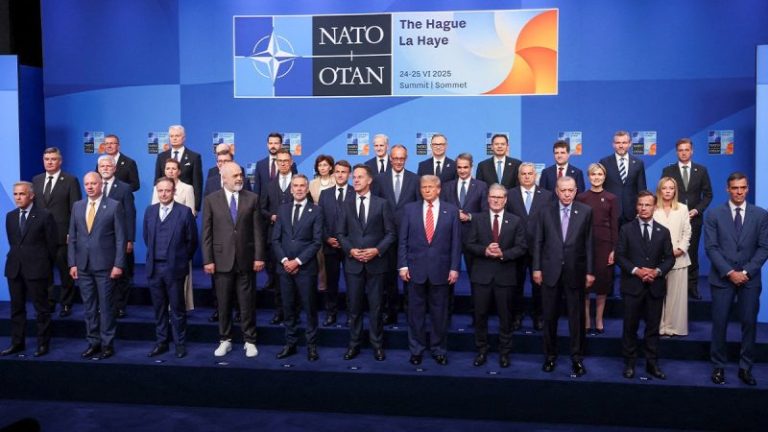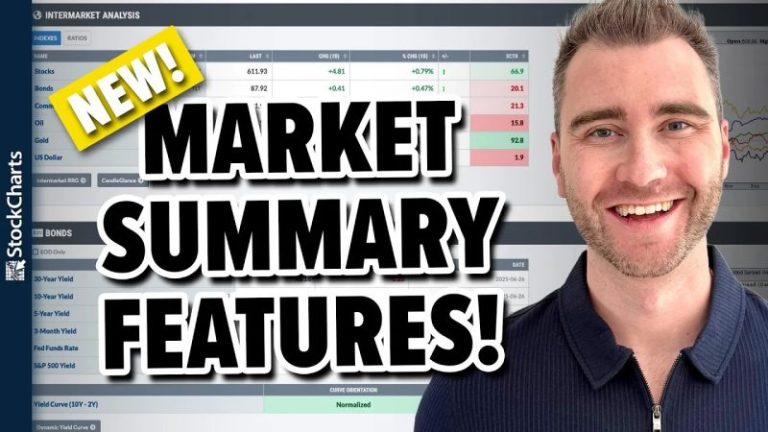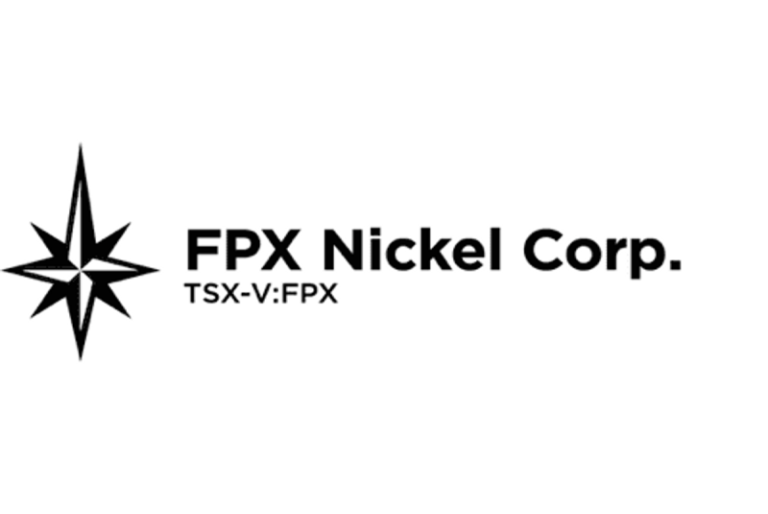Investor Insight
With a strategic foothold in Portugal and a commodity focus on tungsten – a metal deemed critical by both NATO and US defense agencies – Allied Critical Minerals is advancing two past-producing projects toward near-term production. Backed by a $4.6 million financing, offtake interest from major buyers, and a leadership team with proven capital markets and operational success, ACM is well-positioned to become the largest tungsten producer outside of China.
Overview
Allied Critical Minerals (CSE:ACM,FSE:0VJ0) is advancing two highly strategic, past-producing tungsten projects – Borralha and Vila Verde – located in northern Portugal. These brownfield assets present a compelling combination of near-term production potential and district-scale exploration upside, positioning the company to become the largest tungsten producer outside of China. With 100 percent ownership of both projects and supportive local communities, ACM is well-placed to contribute to the critically needed supply of this strategic metal to Western markets.
Tungsten is essential for defense systems, electric vehicles, semiconductors and artificial intelligence (AI), yet current global supply is dominated by China and Russia, accounting for about 90 percent of production. ACM’s projects are aligned with national security strategies in the US and EU, seeking secure and stable sources of tungsten supply. The company has already signed a letter of intent with Global Tungsten & Powders, a major Pennsylvania-based end-user with ties to the US military and is actively engaging with other global refineries.
To capitalize on these market dynamics, ACM closed a $4.6 million financing to fund an aggressive value creation plan. This includes an ongoing drill program at Borralha aimed at expanding its existing NI 43-101 resource, and the construction of a pilot processing facility at Vila Verde, targeted to begin in Q4 2025 and become operational by 2026. The pilot plant will process tailings and alluvial material from existing deposits, with an estimated annual output of ~250 tons tungsten trioxide (WO₃) and projected revenues of $4 million to $5 million, supporting near-term cash flow with minimal dilution.
ACM differentiates itself from competitors such as American Tungsten and Fireweed through its permitting progress, advanced technical groundwork and strong leadership. CEO Roy Bonnell brings a proven track record of successful exits and rapid value creation, having been instrumental in the success of both Founders Metals (TSXV:FDR) and Thesis Gold (TSXV:TAU) — two of the TSX Venture’s top-performing issuers in recent years.
Company Highlights
- Strategic Focus on Critical Metals: Allied Critical Minerals is developing two tungsten projects – Borralha and Vila Verde – in mining-friendly northern Portugal, targeting near-term production and long-term scale.
- Advanced Brownfield Assets: Both projects are historic producers with significant infrastructure, community support and technical momentum. Borralha produced tungsten from 1904 to 1986, and holds a newly updated NI 43-101 compliant resource.
- Pilot Plant Launch in 2026: A pilot plant at Vila Verde is slated for construction in Q4 2025 with 150,000 tpa throughput capacity, expandable to 300,000 tpa. Target output of ~250 tons WO₃ annually is expected to generate $4 million to $5 million in revenue, funded through non-dilutive financing.
- Offtake and Government Support: Allied has signed an LOI with Global Tungsten & Powders and is in discussions with additional refineries. Expressions of interest from US and EU defense-linked buyers are ongoing.
- High Impact Drill Campaign: A fully funded 5,000 meter drill program is currently underway at Borralha, with assays expected to expand resources and define the high-grade Santa Helena Breccia zone.
- Differentiated from Peers: Allied is one of only a few public companies in the Western world with near-term tungsten production potential, outpacing peers such as American Tungsten and Fireweed, in both timeline and resource readiness.
Key Projects
Borralha Tungsten Project
The Borralha project is ACM’s flagship development-stage asset, located approximately 100 km northeast of Porto in northern Portugal. A brownfield project with a rich production history dating back to 1904, Borralha produced over 10,280 tons of wolframite concentrate at an average grade of 66 percent WO₃, until operations ceased in 1986. Today, the project is advancing rapidly, supported by a Mining Rights Concession License and a newly updated NI 43-101 compliant resource estimate effective July 31, 2024. The estimate defines indicated resources of 4.98 million tons (Mt) at an average grade of 0.22 percent WO₃, 762 grams per ton (g/t) copper, and 4.8 g/t silver, and inferred resources of 7.01 Mt at 0.20 percent WO₃, 642 g/t copper, and 4.4 g/t silver. The project area hosts significant polymetallic enrichment, with tin and copper frequently associated with the tungsten mineralization, adding potential for by-product credits.
The primary zone of interest, the Santa Helena Breccia (SHB), is a subvertical to sub-horizontal breccia pipe-style tungsten system. Historical and recent drilling confirms broad, continuous mineralization with highlight intercepts including 106 m at 0.21 percent WO₃, 114 m at 0.23 percent WO₃, 108 m at 0.22 percent WO₃, and a high-grade zone of 10 m at 1.75 percent WO₃.
The SHB zone accounts for over 70 percent of known mineralization, but only about half of the zone has been drill-tested to date. The current drill campaign is targeting both lateral extensions and higher-grade core zones within the breccia body.
Geologically, the deposit is hosted in metasedimentary rocks intruded by late-Variscan granites, with mineralization occurring predominantly as wolframite associated with quartz-cassiterite veins and breccia infill. Breccia pipe mining techniques – similar to open-pit quarry operations – are anticipated for early-stage exploitation.
The project is currently undergoing an environmental impact assessment under review by Portuguese authorities. The mining license includes provisions for up to 150,000 tons per annum of bulk sampling ahead of full-scale operations, which will be governed by a future feasibility study. The low-cost drill environment (~$235/meter) and excellent infrastructure – including road, power, water and proximity to a skilled workforce – make Borralha a technically robust and strategically significant asset for ACM.
Vila Verde Tungsten-Tin Project
Located approximately 45 km southeast of Borralha, the Vila Verde project is ACM’s pilot production and near-term cash flow opportunity. Historically, this area hosted the Vale das Gatas Mine, which was one of Portugal’s largest tungsten producers prior to its closure in 1986. The project covers a significantly larger land area than Borralha and includes multiple mineralized zones, notably Cumieira and Porqueira. A historical resource estimate from 2020 defined 7.3 Mt of mineralized material above a 0.05 percent WO₃ cutoff, including 4.0 Mt at 0.14 percent WO₃ in the Cumieira zone and 3.3 Mt at 0.10 percent WO₃ in Porqueira. While historical in nature, these figures are supported by 17 diamond drill holes totaling 2,103 metres, which revealed a 2.1 km x 1.0 km mineralized footprint at Cumieira and a 1.0 km x 500 m footprint at Porqueira.
Vila Verde Pilot Plan
Vila Verde is advancing toward the construction of a 150,000-ton-per-annum pilot plant, scheduled to begin construction in Q4 2025 and be operational in 2026. Tailings and alluvial material from the Justes deposit will be used as the initial feedstock, with an average WO₃ grade of ~0.21 percent anticipated. Plant design includes standard crushing and grinding circuits followed by gravimetric and magnetic separation to produce a high-grade wolframite concentrate. Engineering work by GMR Consultores and MinePro Solutions supports an annual output of approximately 250 tons of WO₃ under current parameters. The total estimated CAPEX for the pilot plant is CA$7.9 million, with a proposed expansion to 300,000 tpa requiring an additional CA$2.9 million, both targeted for non-dilutive funding sources.
Permitting is progressing efficiently, with the mineral license being converted from exploration to experimental mining status. This permits early-stage production while full-scale licensing is pursued. The project benefits from pre-existing quarry infrastructure, strong community support, and short timelines to cash flow. A signed LOI with Global Tungsten & Powders in Pennsylvania provides an initial offtake channel, and additional negotiations with global refiners are ongoing. Vila Verde is central to ACM’s short-term revenue plan and is designed to serve as a testbed for scalable production across its broader tungsten portfolio.
Management Team
Roy Bonnell – CEO and Director
Roy Bonnell is a seasoned executive with over 30 years in capital markets, venture finance and natural resources. Bonnell holds an LLB from Western University, an MSc from the London School of Economics, and an MBA from McGill University. He brings deep leadership and financing experience and previously served as a board member for Founders Metals and Thesis Gold – two of the TSXV’s top performers.
João Barros – President and COO
With over 20 years of mining sector experience in Portugal, João Barros specializes in exploration management, environmental impact assessments and feasibility studies. He has held leadership roles at Ascendant Resources and Redcorp, and is a member of the Portuguese Engineers Association.
Sean O’Neill – Non-Executive Chairman
Sean O’Neill is head of securities at Boughton Law with 20+ years in corporate and securities law, including advising mining firms globally. He holds degrees in Chemical Engineering and Law, an MBA, and is a registered professional engineer (P.Eng).
Michael Galego – Director
Michael Galego is the CEO of Apolo Capital Advisory and CLO of LNG Energy, with extensive experience in M&A and corporate strategy. Notably, he advised on the sale of Woulfe Mining (tungsten asset) to Almonty Industries. He is a Lexpert Top 40 Under 40 awardee and member of the TSX Venture Advisory Committee.
Colin Padget – Director
CEO of Founders Metals, Colin Padget brings operational exploration experience across South America. He holds a Masters in Geology and a Bachelor in Business Administration.
Andrew Lee – Director and Corporate Secretary
Former Managing Director of York Harbour Metals, Andrew Lee has 15 years of global exploration experience across gold and phosphate projects in Ecuador and West Africa.
Sean Choi – CFO
A CPA with nearly 20 years in mining finance, Sean Choi has held CFO roles at York Harbour Metals, Ecuador Gold & Copper, and Northern Sun Mining. He holds a degree from the Western University.

